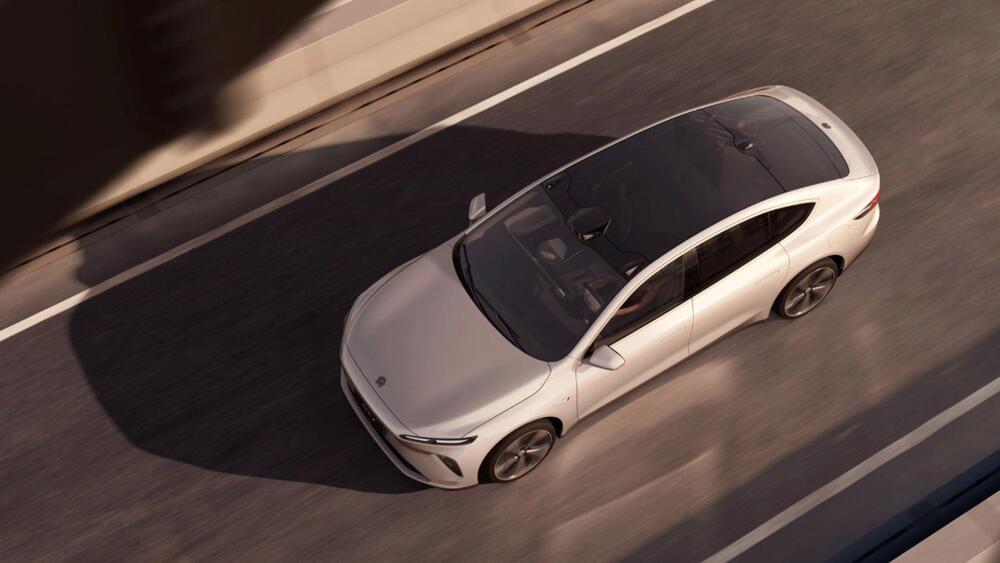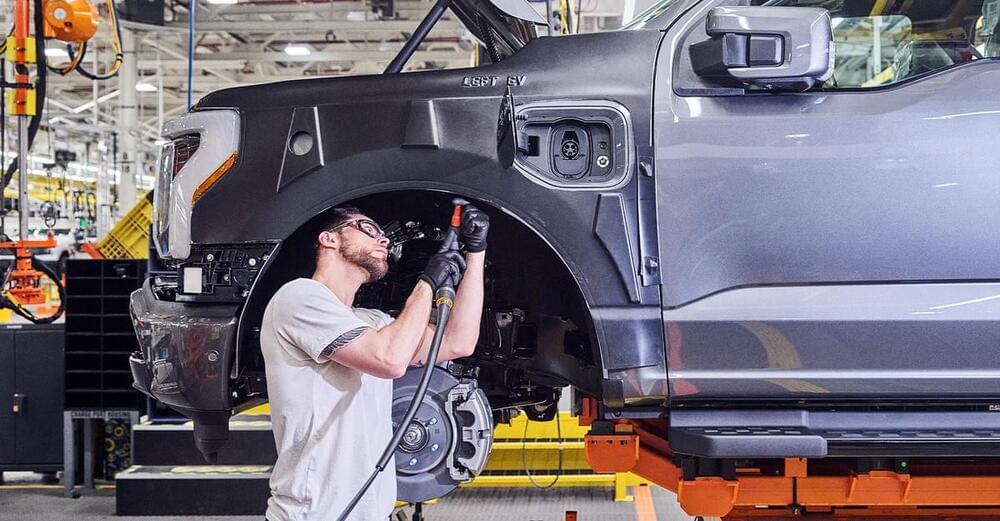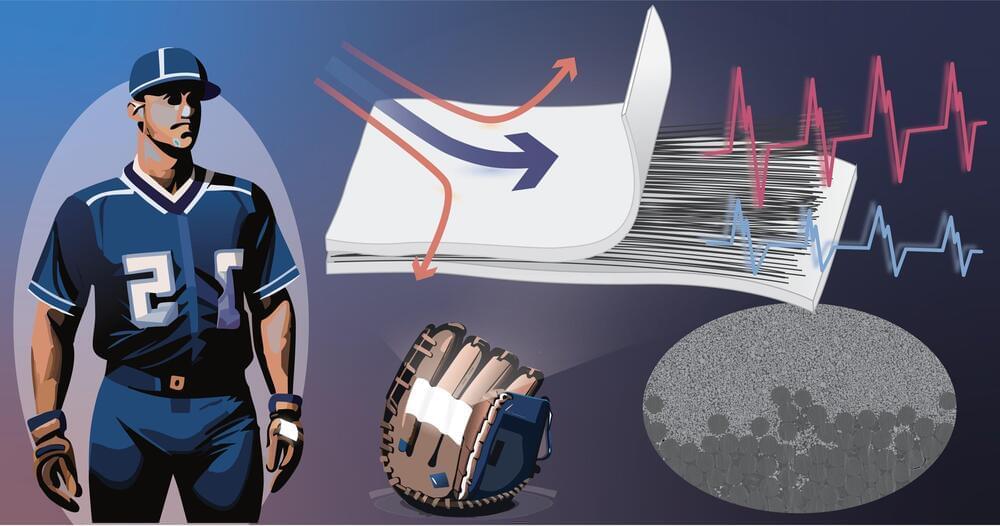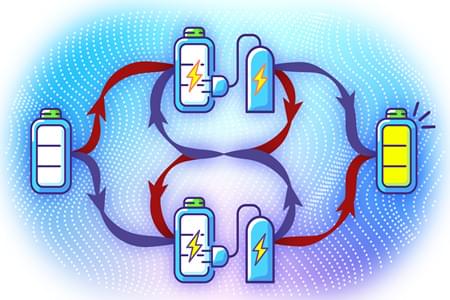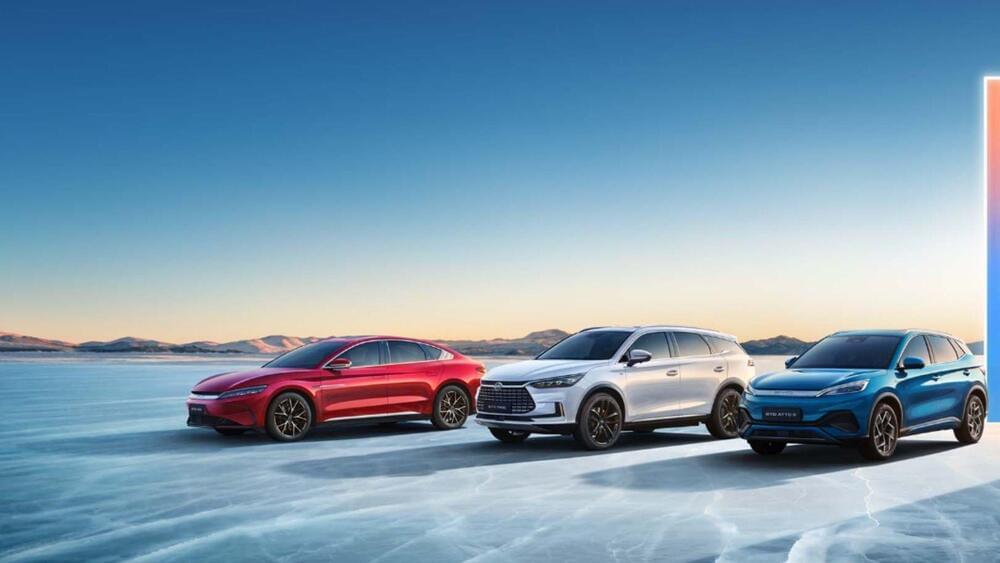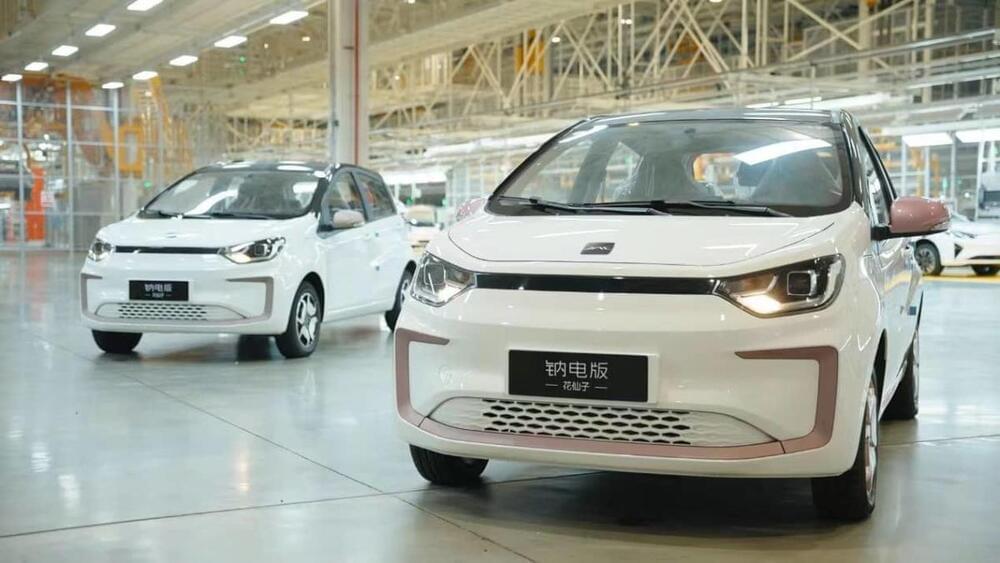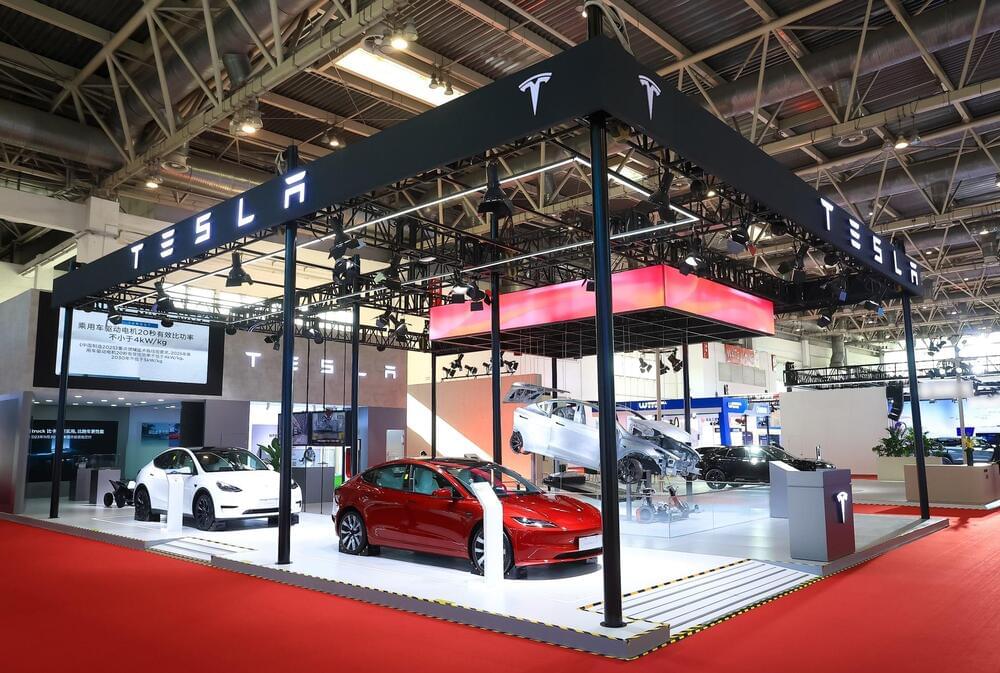Chinese automaker Nio’s flagship electric sedan, the ET7, completed a historic journey of 649 miles (1,044 kilometers) on a single charge. The feat, led by Nio’s CEO William Li, not only showcased the capabilities of the ET7 but also highlighted the advancements in Nio’s cutting-edge battery technology.
CEO William Li’s announcement on Weibo
Nio’s CEO, William Li, took to the Chinese social media platform Weibo to announce the success of the 150kWh battery endurance challenge. He shared, “The 150kWh battery life challenge was completed, with a final score of 1,044 kilometers!” Li emphasized the challenging conditions, including a nationwide cold wave, during the 14-hour journey from Shanghai to Xiamen. Despite starting at a chilly 28 Fahrenheit (−2 degrees Celsius), the ET7 showcased exceptional performance, reaching its destination with 3 percent battery power remaining.
